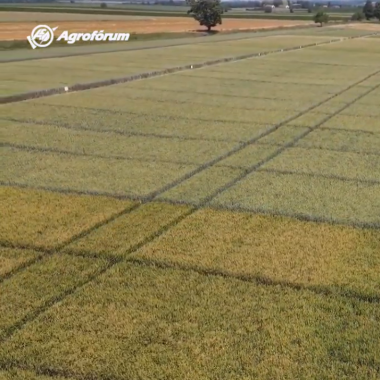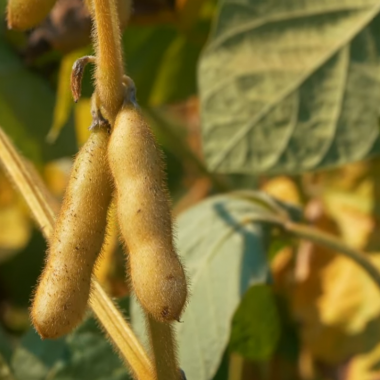The cultivation technology of various winter cereals is quite similar in many respects. Therefore, in the sections below, only elements specific to barley will be highlighted.
Sowing
Barley is even more sensitive to long days than wheat, so it must not be sown before the end of September. If the growing season lasts long in the autumn and the winter is mild, barley grows too fast and gets prone to diseases. The control of virus vectors is particularly important, which is again much more difficult when barley is sown too early. The latest possible sowing date is determined by the time required for the crop under short day conditions to reach a minimum level of development to be able to overwinter. High-yielding barley varieties need to have developed at least 6 real leaves by the end of November so that the plants can grow at least 3-4 shoots. Each shoot that has developed during the short-day period and has 3 leaves will be strong enough to grow an ear. The recommended seeding rate for Isterra varieties is 3.6-4.2 seeds/ha, corresponding to 180-210 kg of seeds per hectare.
Seed dressing and fungicide treatments
Similarly to any other cereal or indeed any arable crop, strong and vigorous seeds with adequate seed dressing should be sown, from sealed and certified stock. To accelerate emergence, preserve crop health and thus achieve maximum yields, we use multiple active ingredients for seed dressing. In addition, the application of the active ingredient fluxapyroxad is also recommended. Being a long lasting fungicide, it may even replace the first foliar treatment. The most important diseases of barley are net blotch and Ramularia leaf spot. These should be controlled when the flag leaf has unfolded.
Although it is not part of the conventional crop protection scheme, the control of ear diseases is also recommended. As with wheat, Fusarium on the ears should be controlled at full flowering. Keeping the crop toxin-free is important not only for livestock production but also for the industrial processing of barley. Some of the by-products are also used as feed, and the concentration of harmful substances is boosted by processing, rendering these unsuitable feed.
Fertilisation
Fertilisation in the autumn essentially depends on the pre-crop. Winter barley needs nutrients already in autumn, if the stem residues of the pre-crop have not yet decomposed; in that case a small amount of nitrogen fertiliser is needed, with 30 kg/ha of the active ingredient. The first top dressing in the spring is usually crucial if exceptional yields are desired. At this time, usually about 50-80 kg/ha active ingredient (nitrogen) is applied. The second top dressing, with a dose of 40-60 kg/ha of nitrogen follows four weeks afterwards, at the beginning of emergence. To optimise grain development and boost the synthesis of proteins, a further dose of 30-40 kg/ha nitrogen should be applied in particularly intensive seasons at the beginning of flowering.
Growth regulation
In addition to the nitrogen strategy, the coordinated use of growth regulators and fungicides in well-developed stands may be the key to success. In the case of barley, 'keeping the crop on its feet' can prevent severe yield losses. It is important to use some growth regulator that may be applied by a wide range of temperatures. Growth regulators do not only promote lodge resistance but also the development of a strong root system, thus enhancing drought tolerance. When applied together, these technological elements may result in a healthy grain yield of 8-10 tonnes per hectare.


